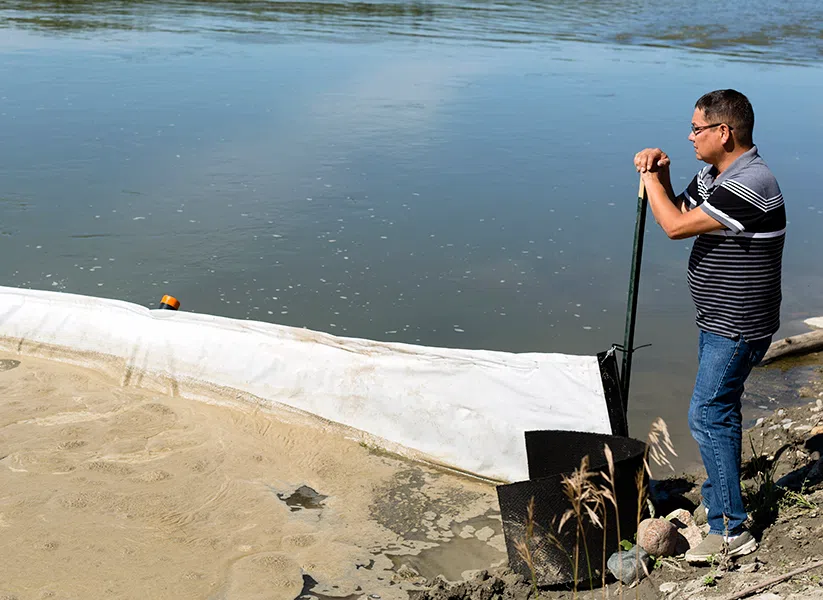
UPDATE: James Smith Cree Nation wants Husky to do right
UPDATE: Husky Energy has responded to James Smith Cree Nation’s call for action.
“We are working closely with First Nations and downstream communities along the river and have been openly sharing the results of the testing program,” Mel Duvall said in a statement from Husky Energy.
According to Husky, 4,000 samples have been collected from over 60 locations along the Saskatchewan River.
“This work is being overseen by a technical working group of engineers, environmental specialists, toxicologists, biologists and public health specialists, with representation from the Saskatchewan Ministry of the Environment, Husky, Matrix Solutions and the Center for Toxicology and Environmental Health,” Husky’s statement said.


